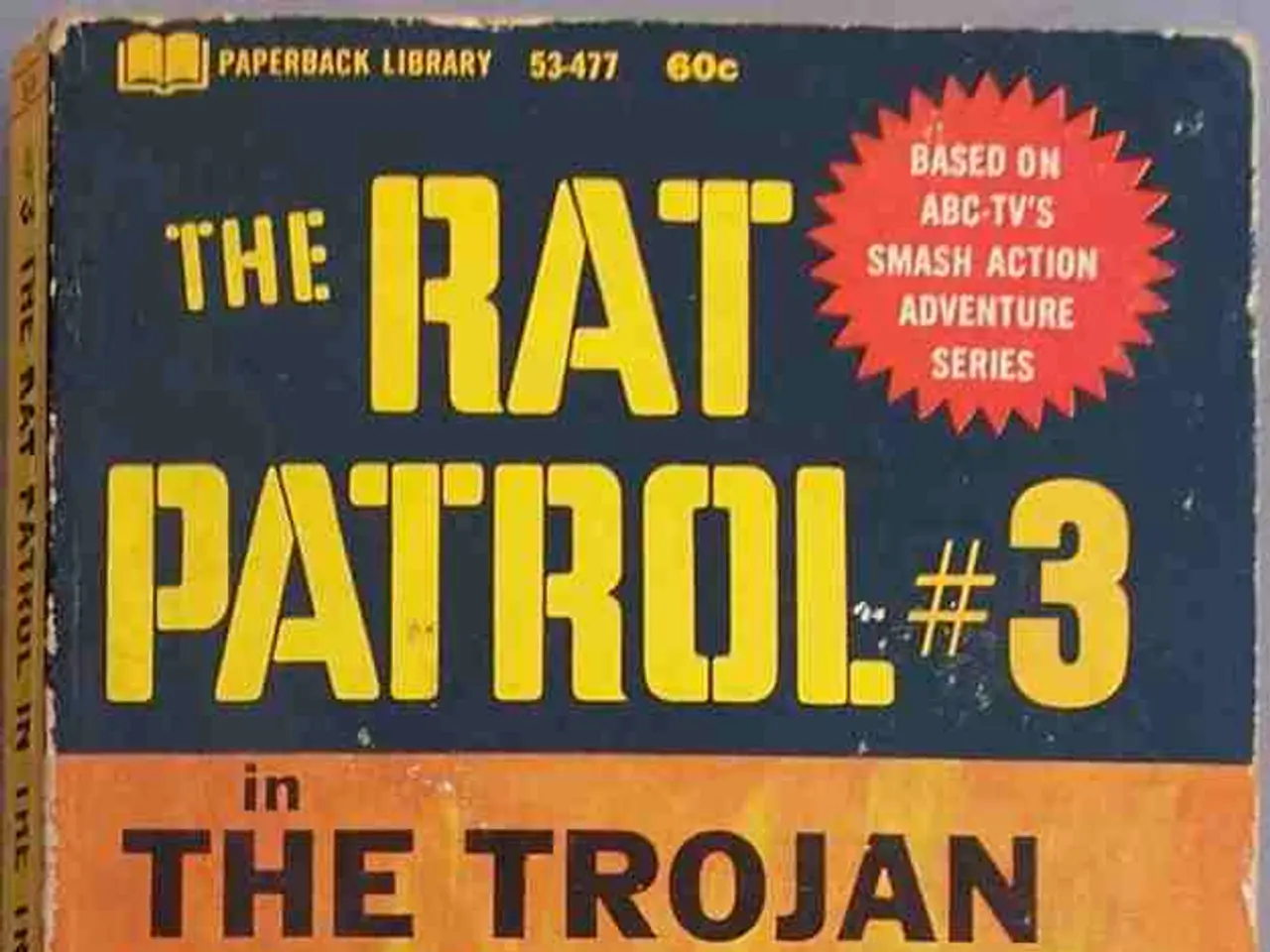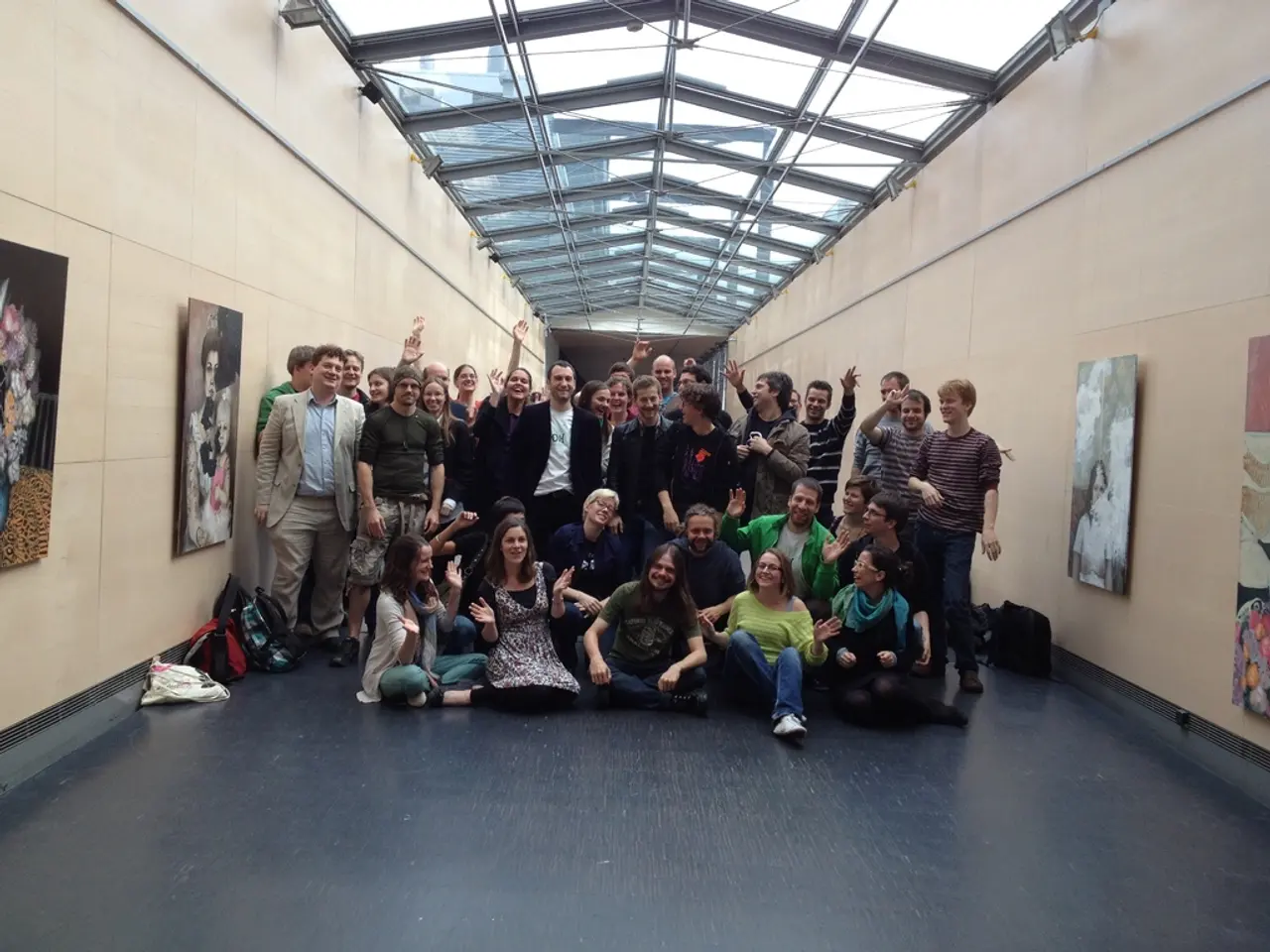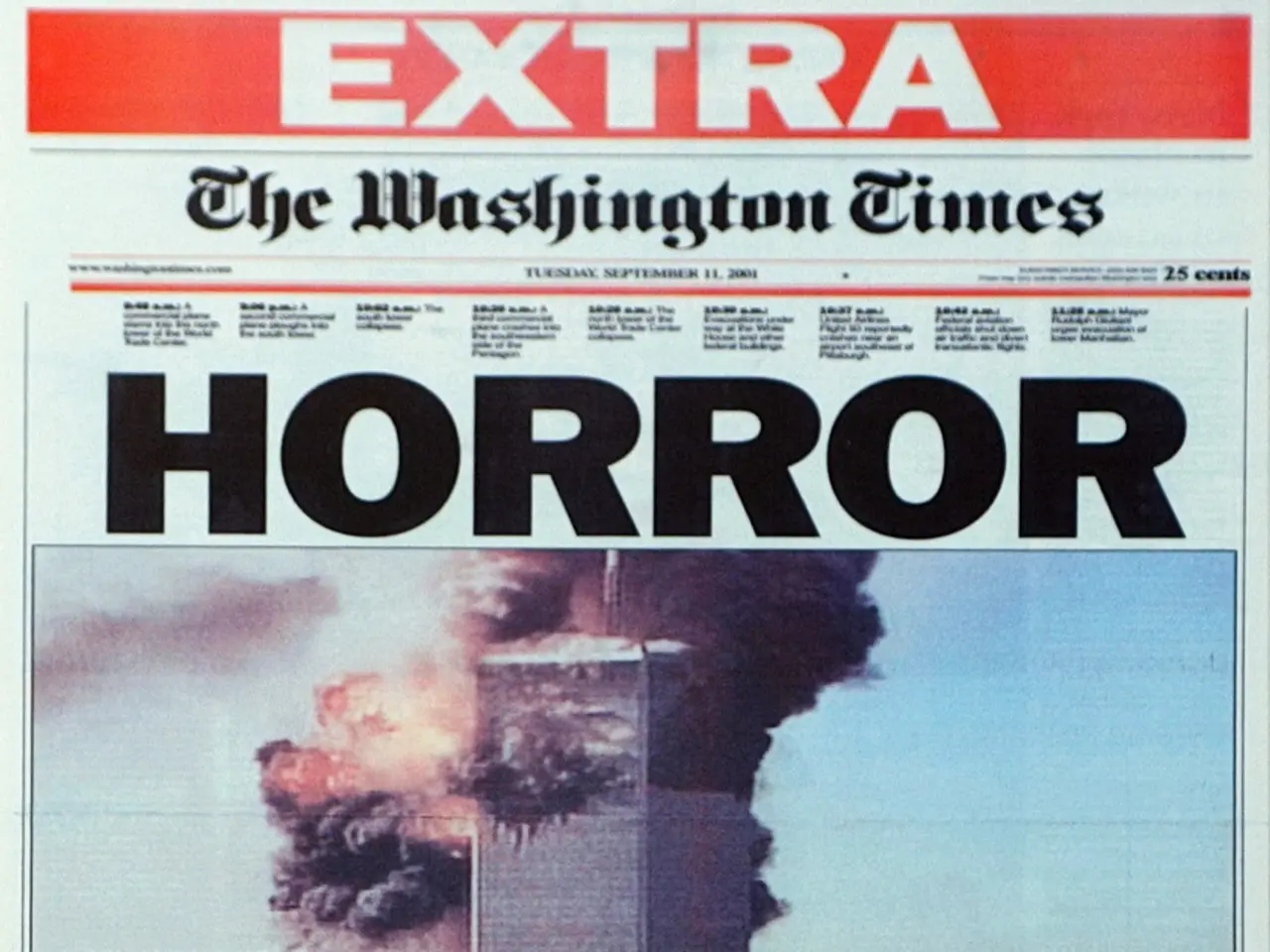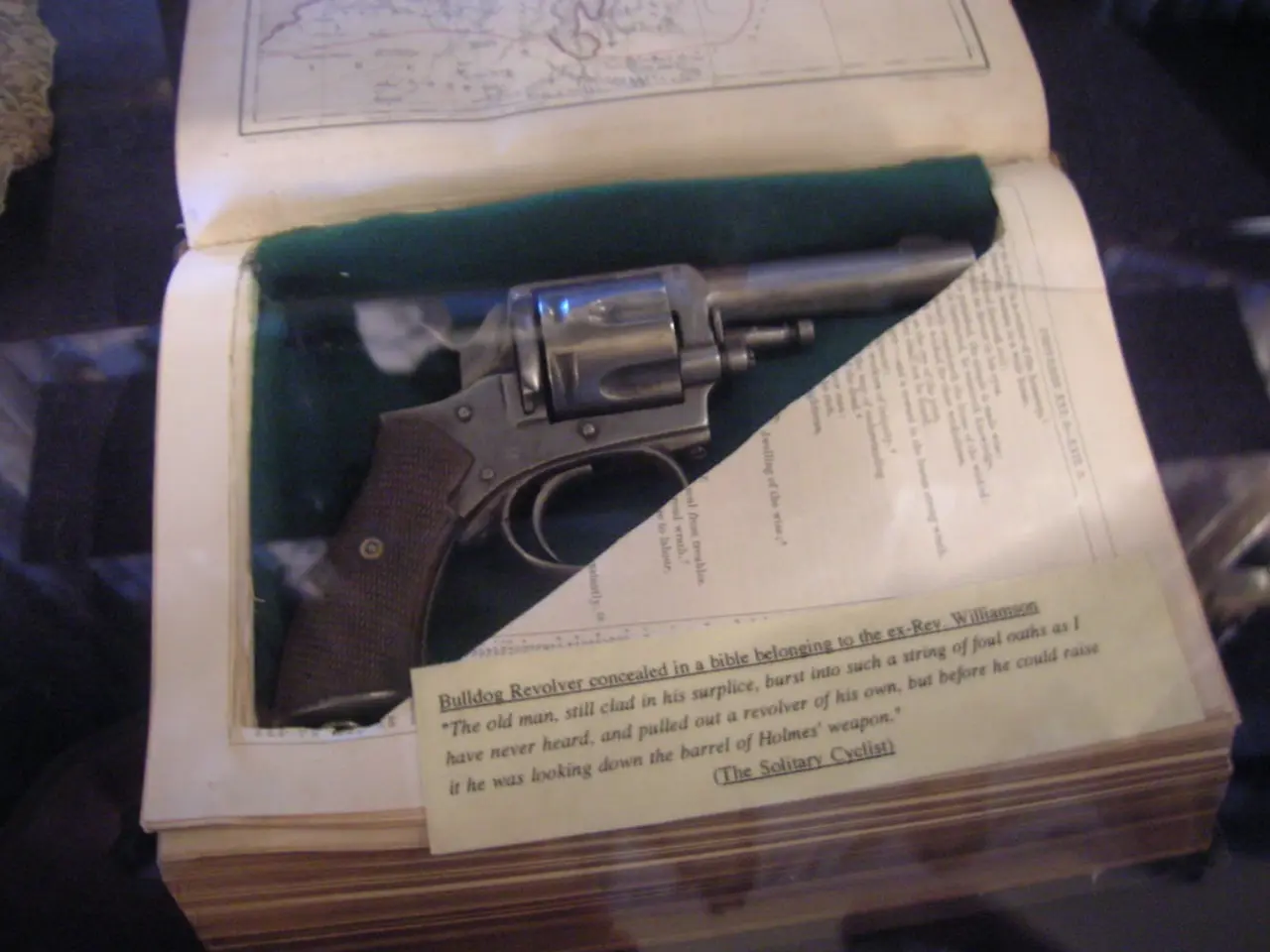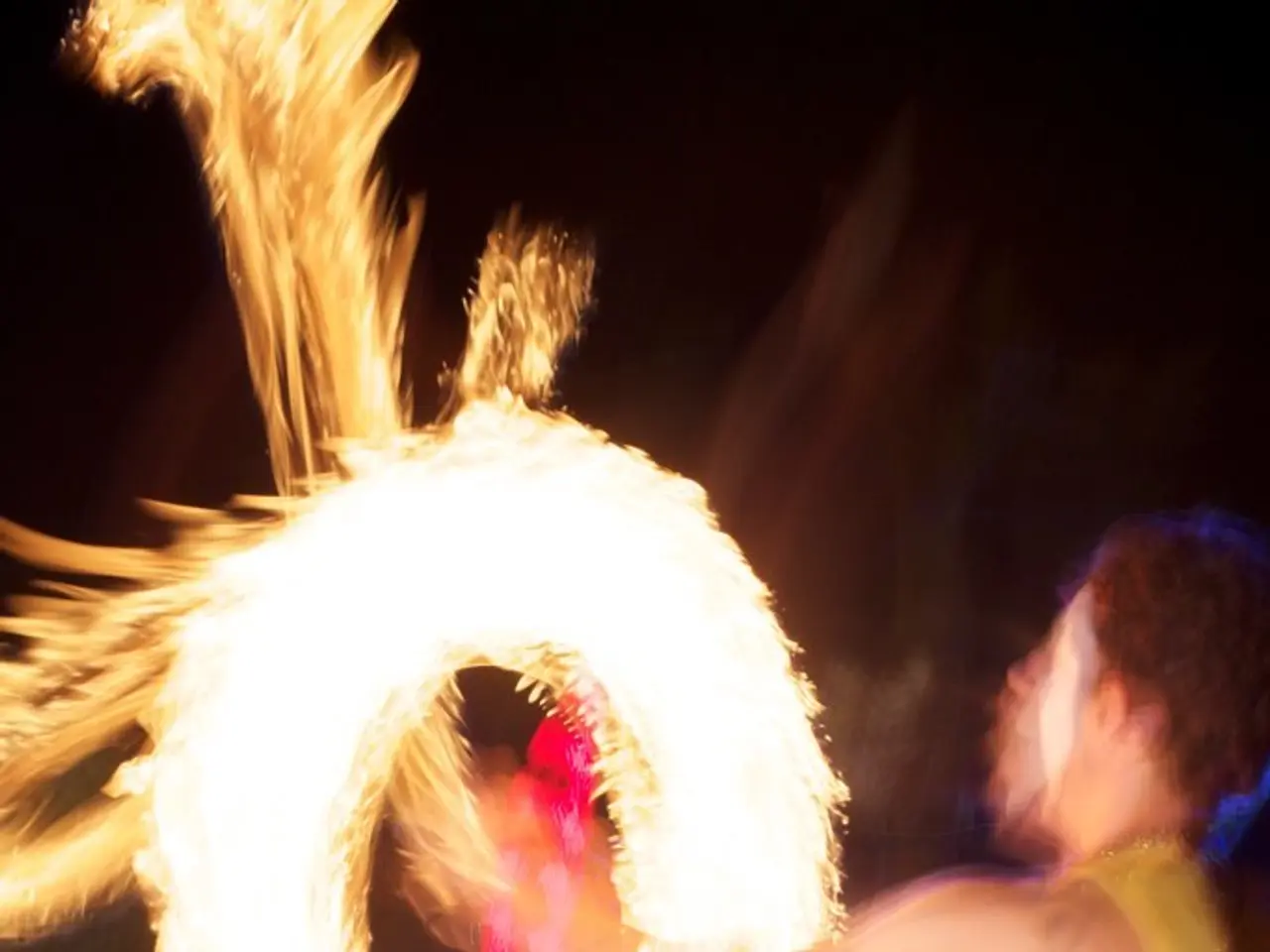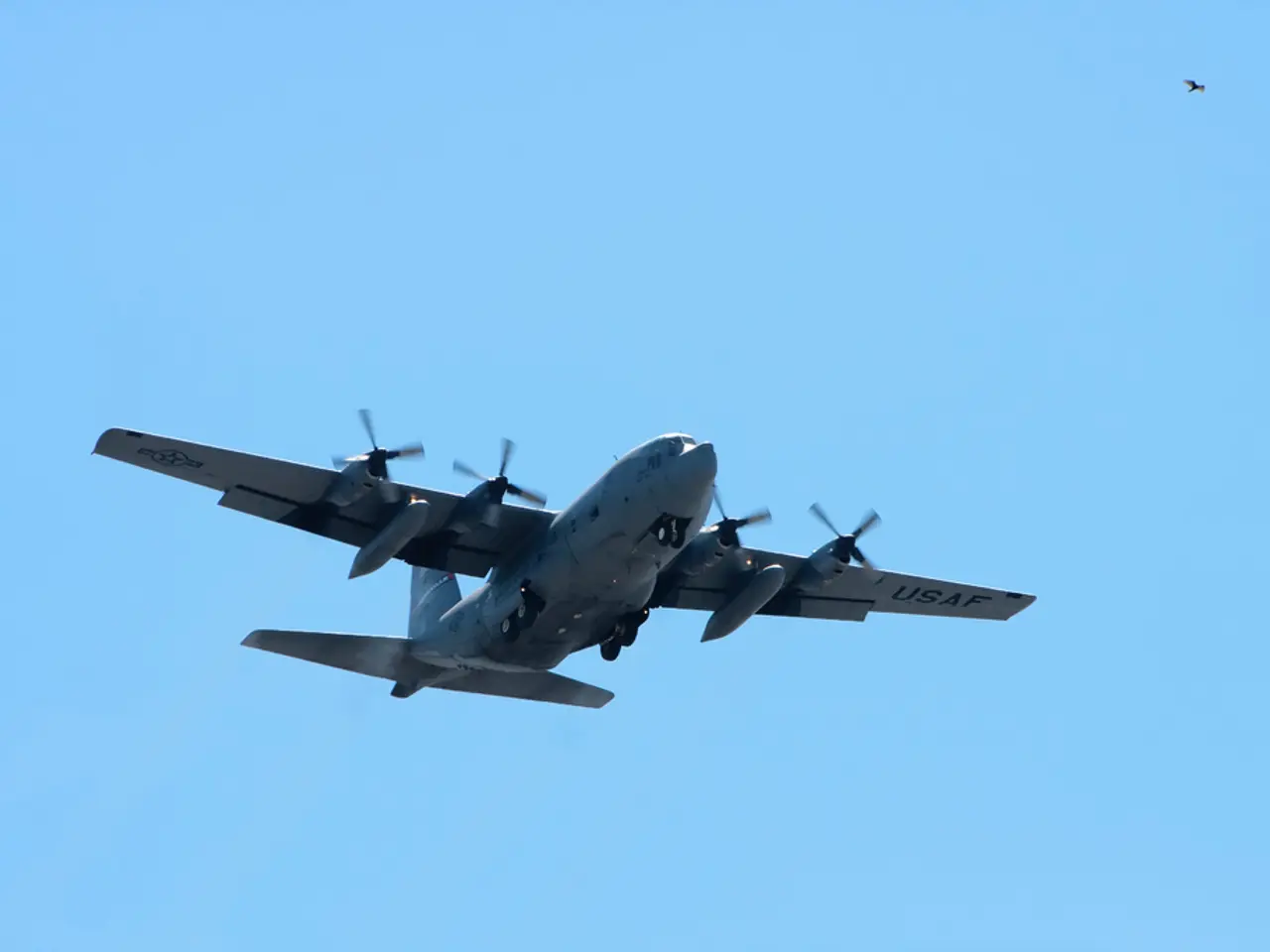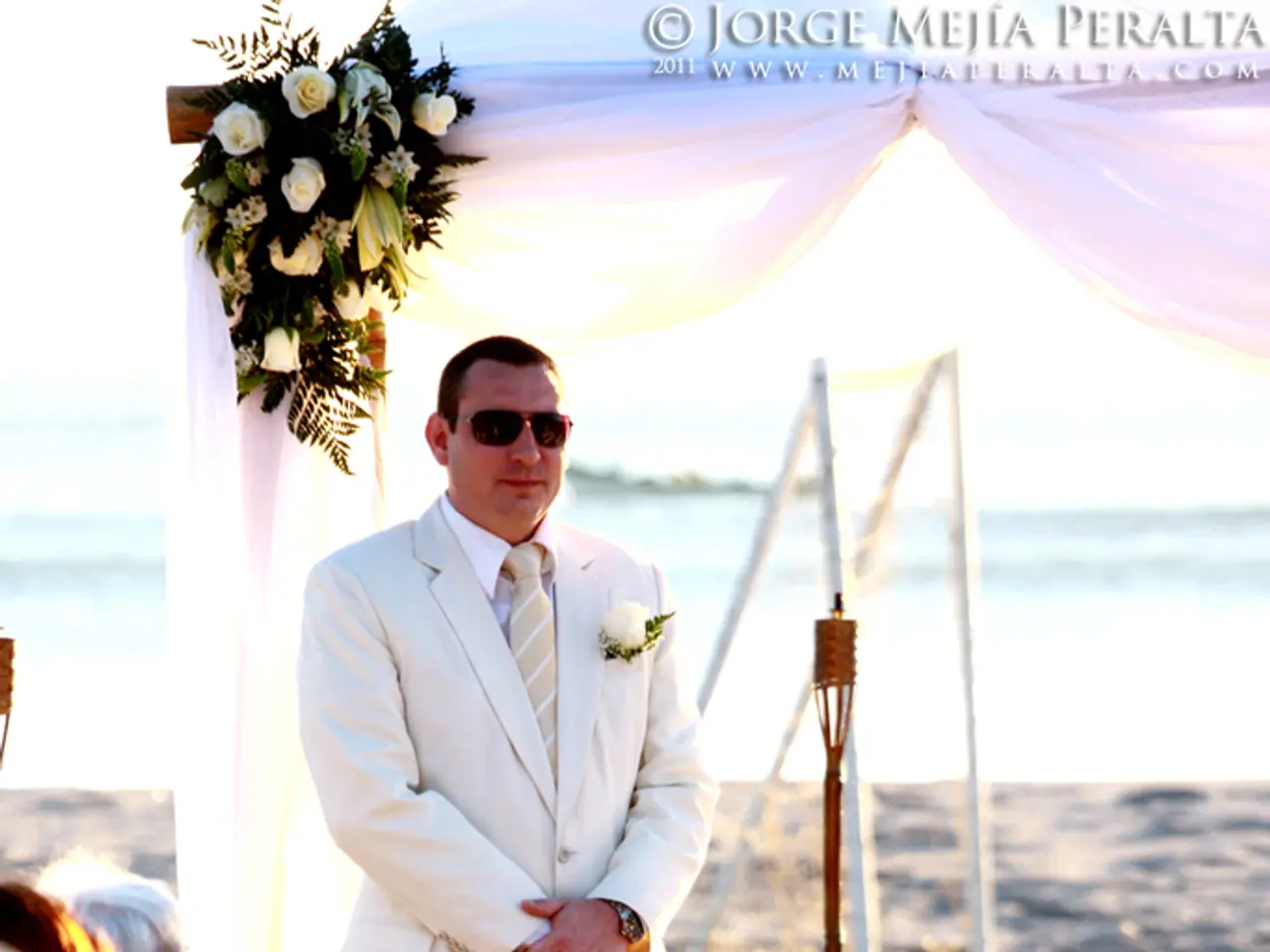Kremlin deems no imminent risk of nuclear escalation
In the ongoing saga of US-Russia relations, tensions remain high but restrained, with the recent US redeployment of two nuclear submarines near Russia causing some concern.
Kremlin spokesman Dmitry Peskov, in a statement to the state-owned Russian news agency Tass, confirmed that the US submarines are militarily on standby. However, he downplayed the risk of nuclear escalation, stating that discussions about such a scenario are premature and overly emotional.
The movement of US nuclear submarines closer to Russia could potentially escalate tensions between the two nations. This action, initiated by US President Donald Trump, has been framed by Kremlin officials as an emotional and exaggerated response. Russia, on the other hand, emphasizes its responsible stance on nuclear rhetoric and dismisses US moves as non-threatening.
As for the New START treaty, the last remaining bilateral nuclear arms control agreement limiting deployed warheads and provisions for on-site inspections, is effectively defunct. Russia suspended participation in this treaty after its 2022 invasion of Ukraine, halting inspections but committing to abide by the numerical limits until the treaty's expiration on February 5, 2026.
Both countries continue to hold the vast majority of the world's nuclear weapons, with Russia estimated to have about 5,459 warheads and the US approximately 5,177 as of early 2025.
Despite ongoing hostilities and new US military actions, Russia has refrained from using nuclear weapons over the past three years, signaling that it is unlikely to resort to nuclear weapons in the near term based on its current posture and statements.
In a positive development, the Kremlin is making friendly gestures towards Washington, as Trump's special envoy Steve Witkoff is expected to arrive in Russia soon. Peskov mentioned that it is not ruled out that Russian President Vladimir Putin will receive Witkoff this week.
The Kremlin spokesman also stated that Russia appreciates the efforts of the USA and Trump to end the Ukraine conflict. However, if the deadline set by Trump for Moscow to end the war in Ukraine is not met, he has threatened to impose sanctions.
In a statement about former Russian President Dmitry Medvedev, Peskov indicated that he holds different opinions on the situation compared to Putin. Medvedev, the deputy head of the Russian Security Council, has been known for his provocative statements since the beginning of the war in Ukraine.
In conclusion, the US-Russia nuclear dynamics are marked by increased US military posturing near Russia, Russian rhetoric downplaying escalation, a near-dead arms control regime, and ongoing cautious nuclear restraint amid the Ukraine conflict.
[1] "Kremlin Downplays Risk of Nuclear Escalation Despite US Submarine Deployment," Reuters, August 2, 2025. [2] "New START Treaty: What You Need to Know," Council on Foreign Relations, March 1, 2025. [3] "Russia's Nuclear Posture: No Sign of imminent Nuclear Use," International Institute for Strategic Studies, May 1, 2025.
War-and-conflicts continue to dominate the headlines, as the US-Russia standoff regarding nuclear submarines persists. Politics plays a significant role in these developments, as both nations grapple with the implications of their actions.
General news outlets are reporting on the Kremlin's friendly gestures towards Washington, suggesting a potential thaw in US-Russia relations. The ongoing tensions, however, underscore the complexities of nuclear dynamics between these two major world powers.
